Best microSD cards for Amazon Fire HD 8 in 2024
Download books, movies, and games at home so you're ready on the road.
Whether your vacation journey takes place in a car, plane, or train, the Amazon Fire HD 8 tablet with a microSD card can help the hours fly by. With streaming video apps offering video downloads and high-quality game assets taking more space than ever, you may find that the 64GB of storage on the Fire HD 8 isn't quite enough, and that's only if you bought the biggest one. Luckily you can upgrade your tablet with one of these microSD cards, so you can download away and be ready to keep your mind occupied as the miles roll by.
Download more on your Fire HD 8 with microSD storage
Why you can trust Android Central
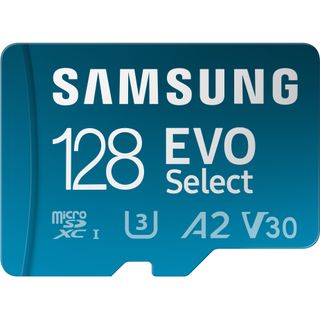
Fast and reliable
Samsung's Evo Select cards are known for their high speeds, with reads up to 130MB/s, which is plenty for HD videos, fast loading in stored apps, and plenty of write speed for your tablet. The 128GB variant is a good balance for many, but this model can be had with just 64GB or up to a massive 512GB.
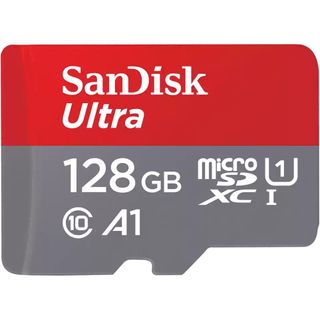
Affordable performance
SanDisk is one of the oldest players in the microSD card business, with its Ultra line earning a good reputation for reliability. The Ultra series can be had with as little as 32GB for just a bit more storage, or up to a massive 1TB for those that never want to delete a single file or want an entire TV series at the ready.

Double your space
The maximum storage your Fire HD 8 could come with was 64GB, so that this card will double the room for your movies, music, and games for less than a large pizza. It's also A1 rated for storing and running Android apps. This card is a cheap and reliable way to increase storage without going overboard.
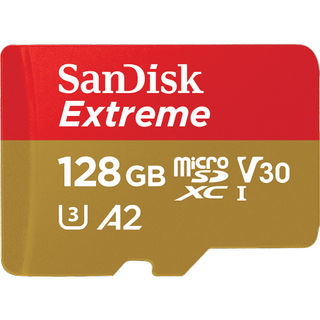
Durable and dependable
SanDisk is one of the best-known names in the microSD space, with the Extreme line being among some of the most durable and long-lasting cards out there. This 128GB card should easily outlive your new tablet. With A2 speeds, it will be great for storing apps with quick execution and fast load times.

Basic storage
Teamgroup is another well-regarded brand, and while its GO series isn't winning any speed awards, it has enough performance to hold pictures and videos without breaking a sweat. This card will also be great for storing playlists and downloaded videos for long trips, saving your data usage on the go.
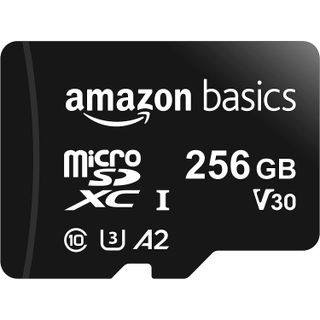
Stick to the basics
You don't need the fastest microSD on the market for your FireHD tablet, but you still want a trustworthy brand with a warranty. Even so, this card is fast with a U3 and A2 rating meaning it is fine for apps, gamers, videos, and images alike. It even comes with a full-size SD adapter making file transfers from a PC a breeze.
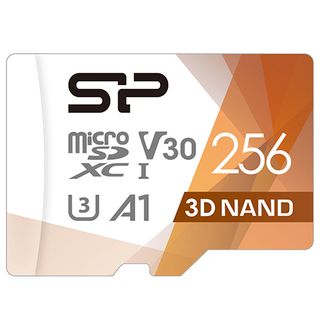
Speed up your apps
Silicon Power is known for its flash memory solutions, including microSD cards with great performance and plenty of storage. This Superior Pro microSD is designed to have fast random reads and writes which is important doing jobs like loading apps or games. It still has fast sequentials with up to 100MB/s read and 80MB/s write.
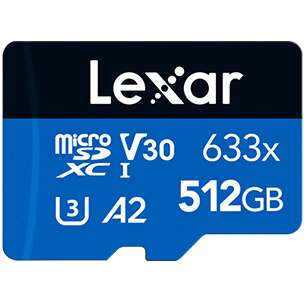
Big capacity, small price
The Lexar Professional line may get more attention for its higher write speeds, but for a tablet where the microSD card will primarily be used for storing movies and music, the 633x is the perfect fit. With 512GB, you can download multiple TV series and dozens of podcasts so you don't need to waste data on the road.
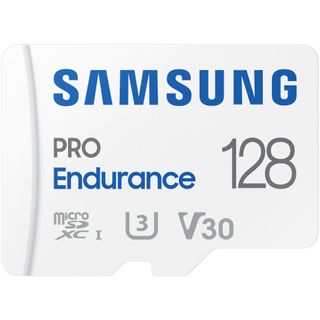
Write and rewrite without worry
An unfortunate truth about microSD cards is that they can fail over time, but the Samsung Pro Endurance series is designed to last and to keep working in the toughest conditions. While it is. without a doubt overkill for tablet usage, having a card you can use with less worry will be worth the increased cost to some folks.
What are the best microSD cards for the new Fire HD 8 tablet?
Normally tablets tend to only support microSD cards up to 128GB, but the Fire HD 8 supports up to a terabyte, so you can as big or as little of a card as you need to fit your budget and needs. When picking a microSD card, your focus should be on speed, capacity, and quality in that order. If you don't know what size you really need, the Samsung EVO Select 128GB is a good place to start. It has enough capacity to hold dozens of films and TV episodes with plenty of extra room for music, pictures, or apps.
If you prefer to go bigger, the Lexar 633x 512GB card will give you half a terabyte of storage for less than most 256GB cards, while still being a name-brand card with a name-brand warranty attached to it. Though Amazon's Fire tablets are not only some of the best cheap Android tablets, but also are some of the best Android tablets period, it never hurts to have more storage. Keep in mind it's always better to buy a little bigger built-in storage than you think you need than to buy a card, completely fill it up, and then have to hassle with buying another card and getting everything transferred over to it.
What all those symbols on a microSD card mean — and why they don't always matter
The top of a microSD card's minimal space is covered from edge to edge with manufacturer branding, and then this weird hodge-podge of certifications and symbols. Of course, many of these symbols mean the same things, and almost all of the cards you'll want to buy have the same symbols, but they can be useful in ruling cards out quickly while buying.
- Video Speed Class — Indicated by a stylized V followed by numbers from 6 to 90, this class is one of the newer classification systems and was developed specifically for shooting ultra-high-definition video. For example, V30 starts at 30MB/s write speed, V60 starts at 60MB/s write speed, and V90 starts at 90MB/s, but on the Fire HD 8, anything over V30 is overkill.
- UHS Speed Class — Indicated by a 1, 2, or 3 inside a U, this class is still used on most cards today. U1 starts at 10MB/s write speed, U3 starts at 30MB/s write speed, and both are perfectly adequate for your new tablet.
- Speed Class — Indicated by a number inside of a C, this was the original classification system for SD cards, and almost all cards today are beyond the top speed here of 10MB/s. So if you see 8 or lower, run, don't walk away!
Notice that all these specifications focus on write speed. Read speed is almost always faster than write speed, so if you see a card that only mentions a "transfer speed" of 100 MB/s but is a V30 card, we can infer that the read speed is 100 MB/s and the write speed is at least 30 MB/s. Higher write speeds will only really be important on very high-end cameras that record in 4K. Your Fire HD likely will never fully saturate a U3 card, but it's nice to have the headroom.
Be an expert in 5 minutes
Get the latest news from Android Central, your trusted companion in the world of Android
When Samuel is not writing about networking or 5G at Android Central, he spends most of his time researching computer components and obsessing over what CPU goes into the ultimate Windows 98 computer. It's the Pentium 3.

